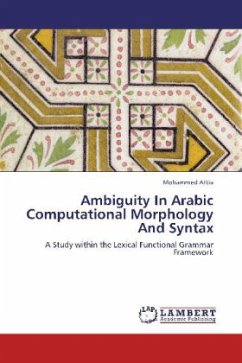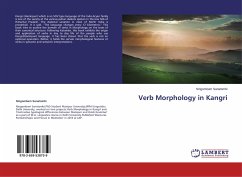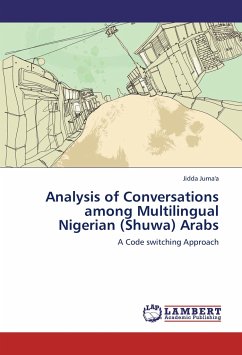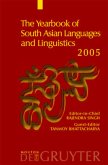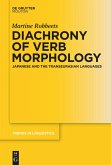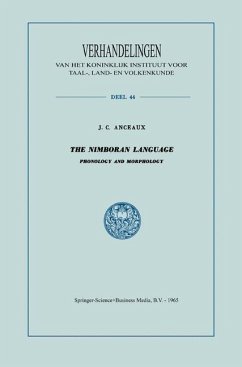Arabic is known for the richness and complexity of its morphology and syntax. This is why Arabic has always posed a challenge for computational processing and served as a hard testing ground for new methods and models. This book provides an in-depth study of the Arabic morphology and syntax from a theoretical and computational point of view with emphasis on the ambiguity problem. The book discusses the different development strategies of Arabic morphological analysis and explains the architecture of a new powerful morphological analyser that has a significantly fewer number of ambiguities. It investigates the interesting phenomena of multi-word expressions with their varying categories, structures and degree of semantic opaqueness. The book formulates a description of the main syntactic structures of Arabic, examining word order, agreement, long-distance dependencies, and copula constructions. The book tackles the daunting problem of syntactic disambiguation. It identifies the sources of ambiguities and explores the full range of tools and mechanisms for ambiguity management. The book is very useful for researchers and students wanting an appreciation of the Arabic language system.

